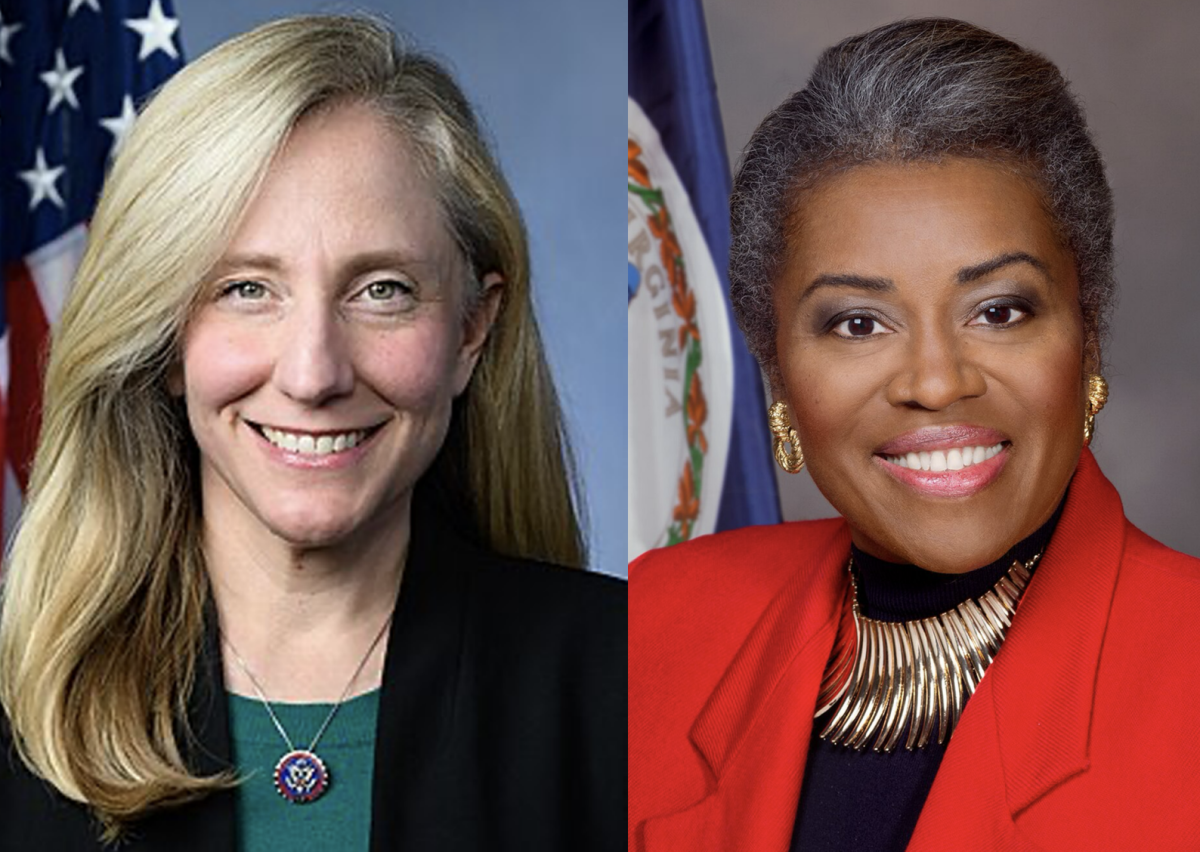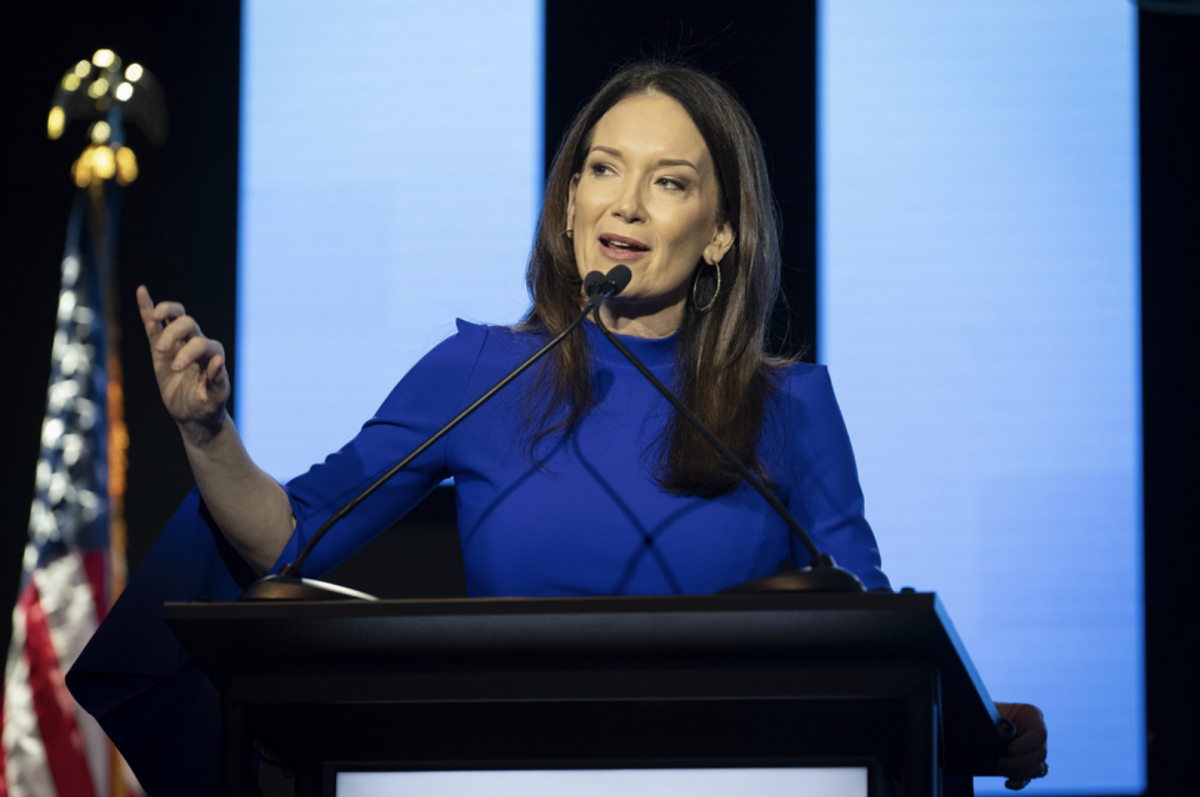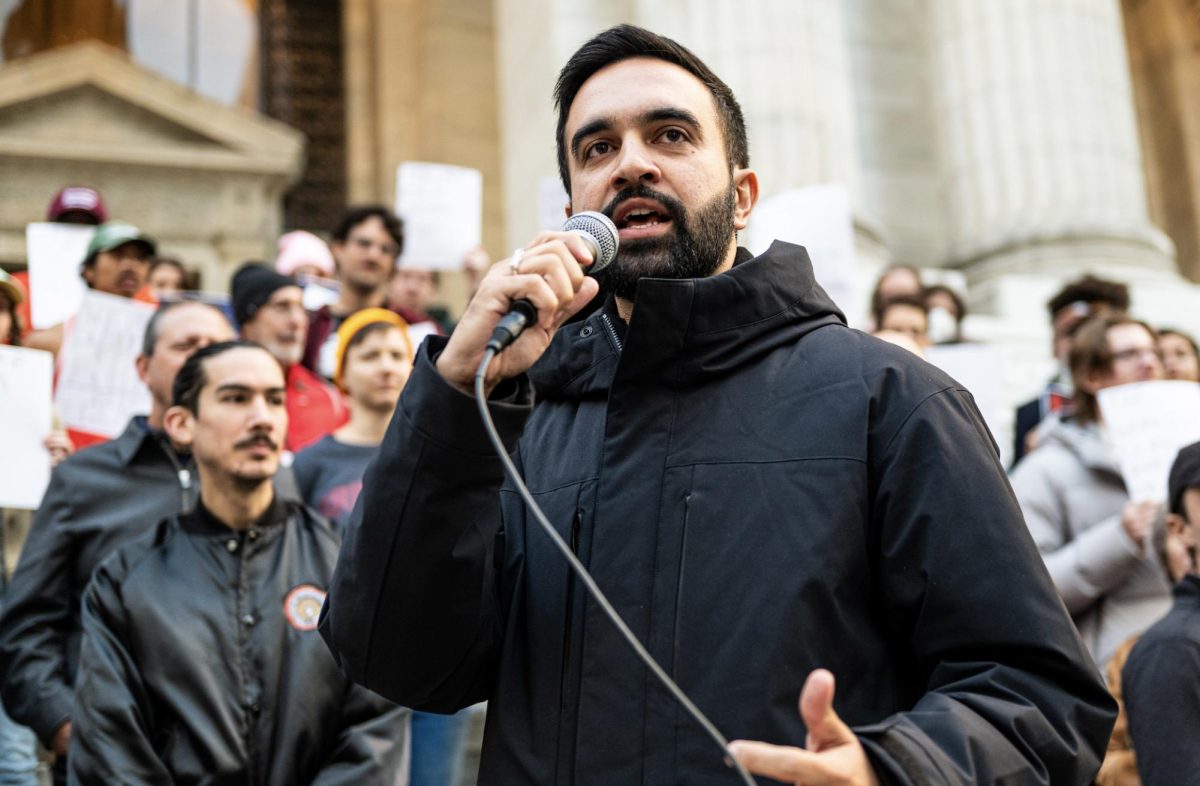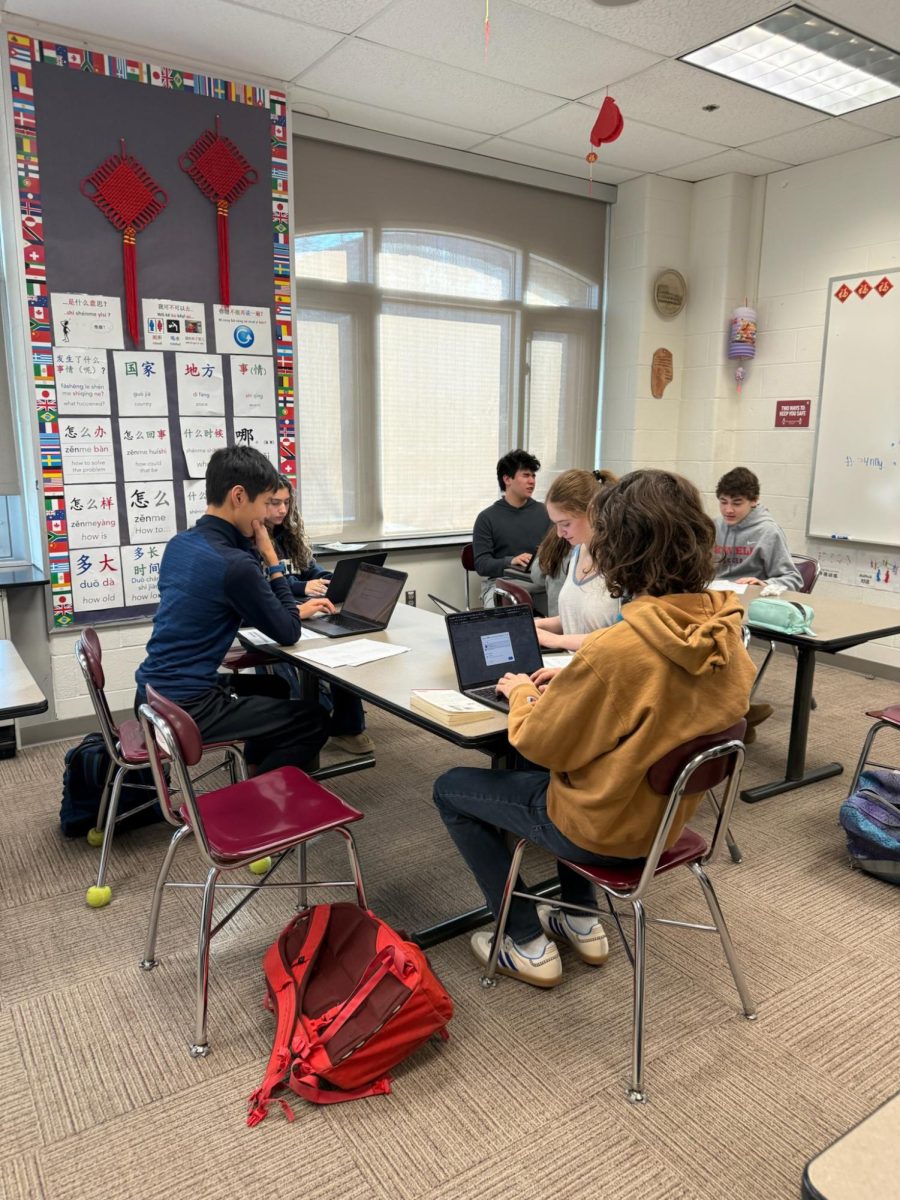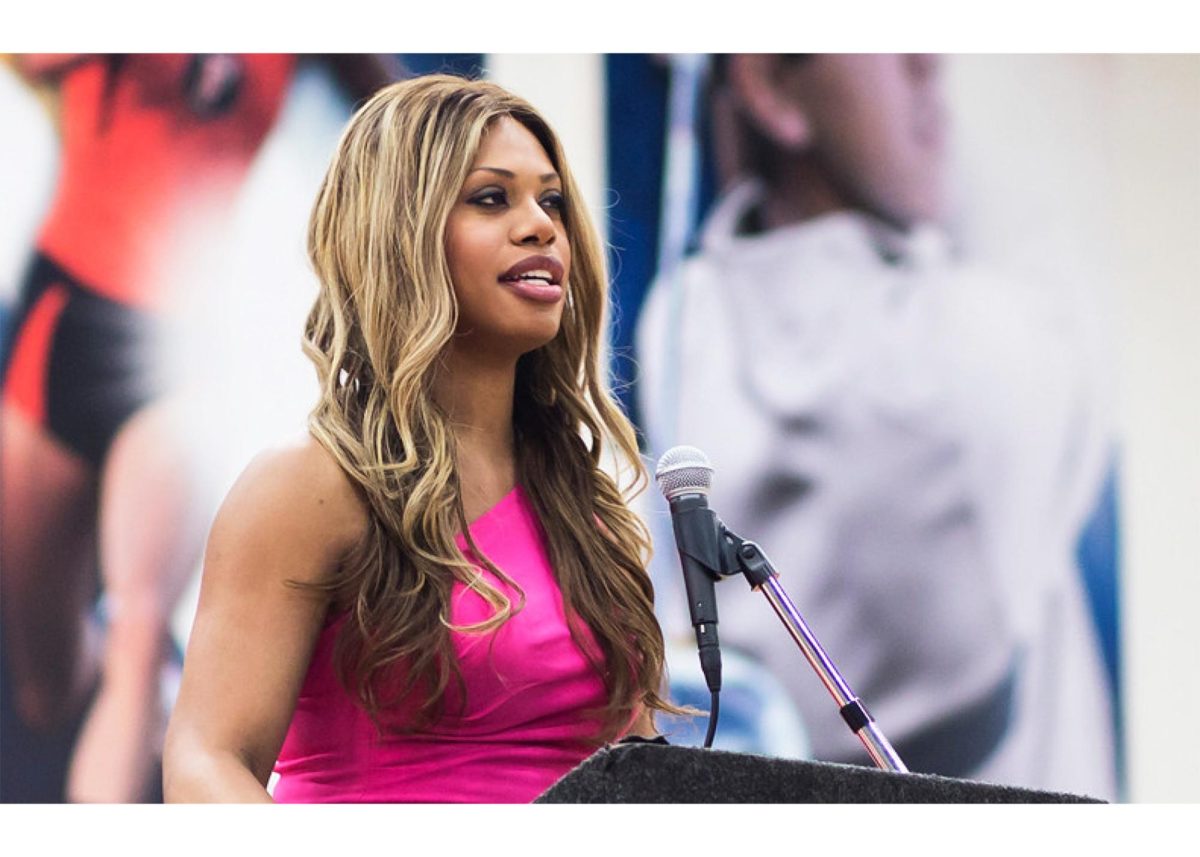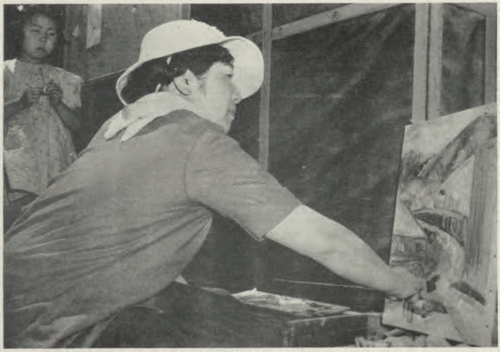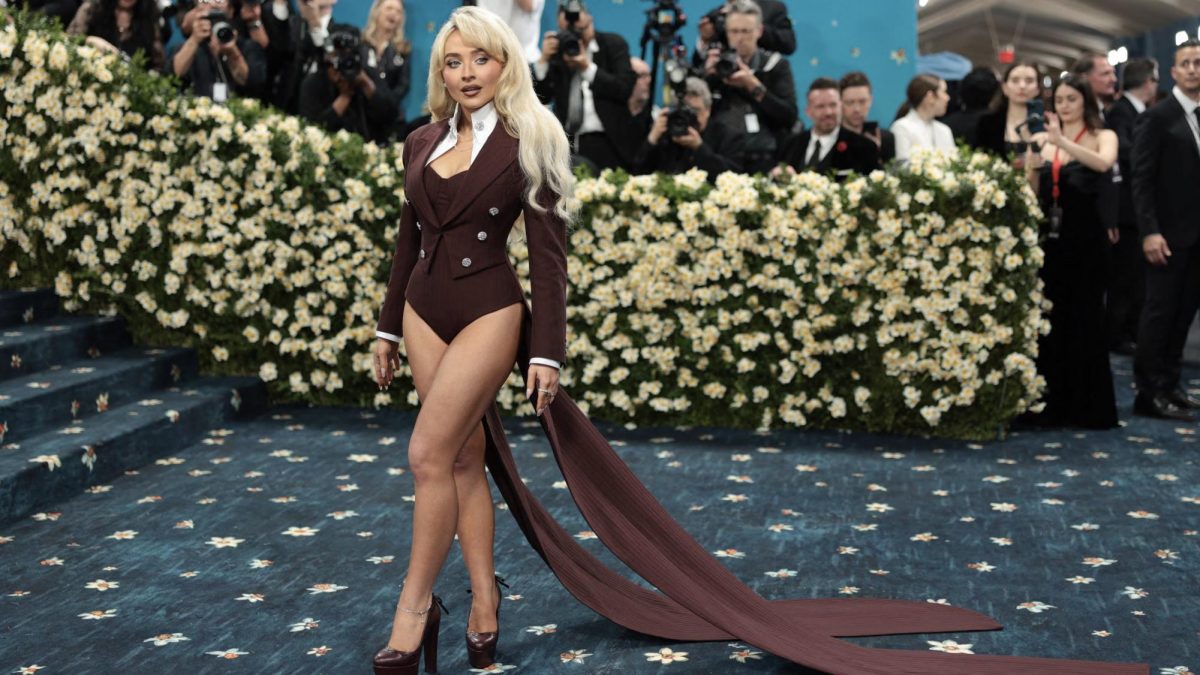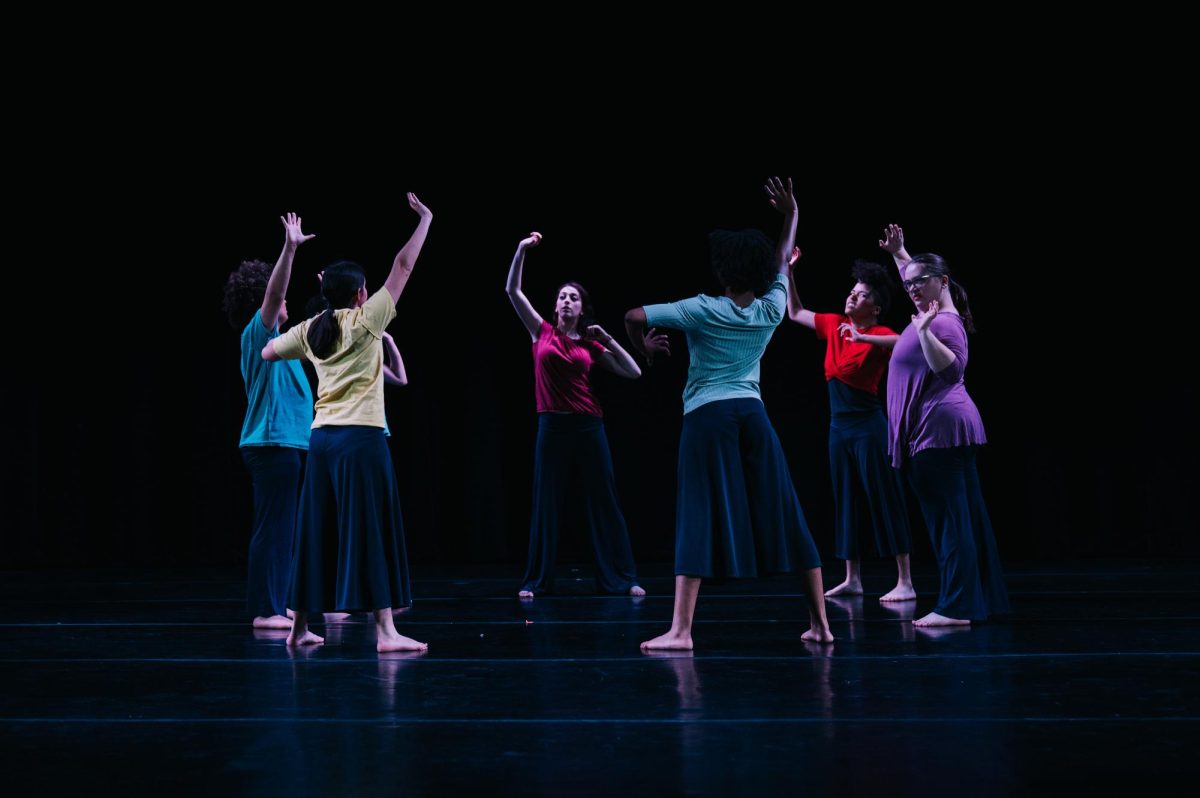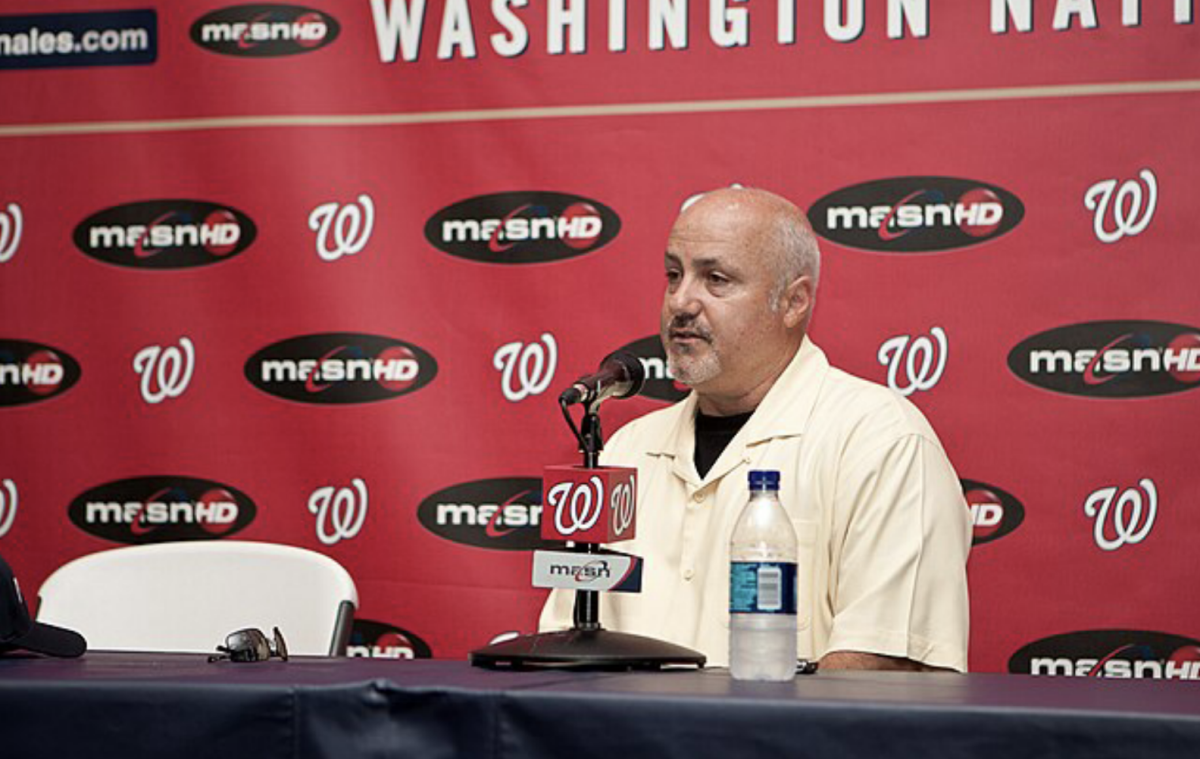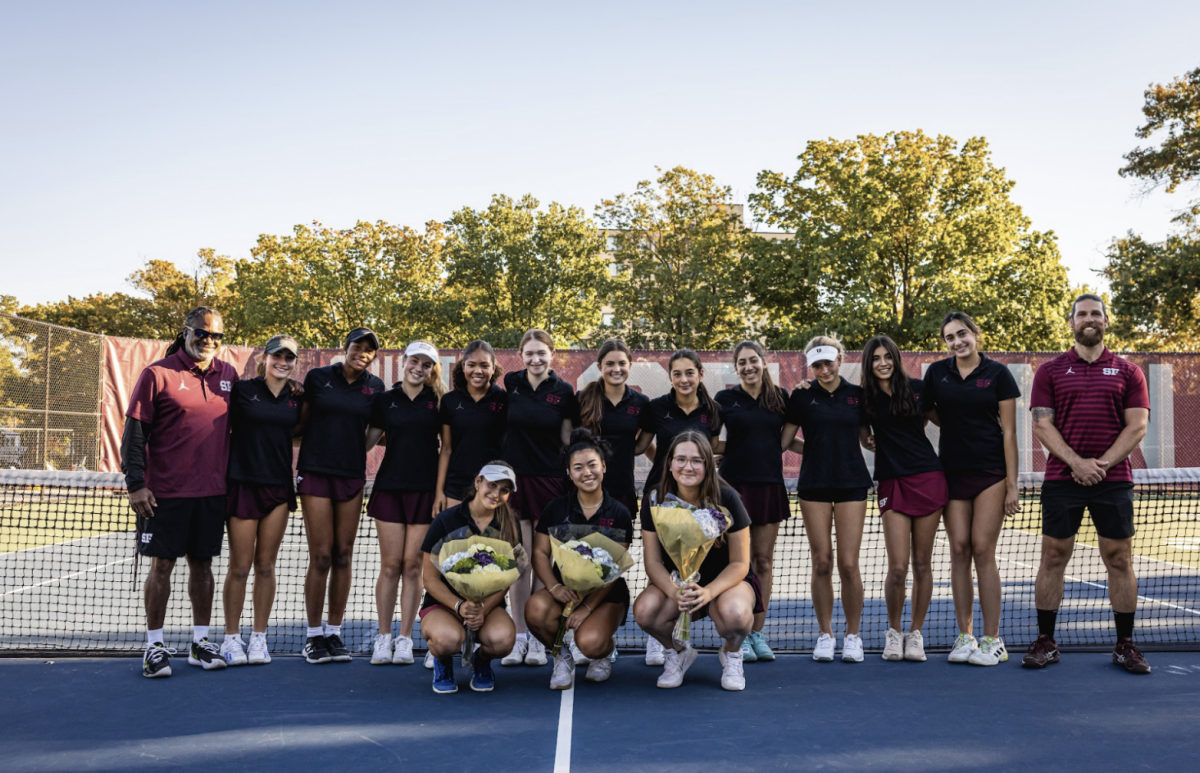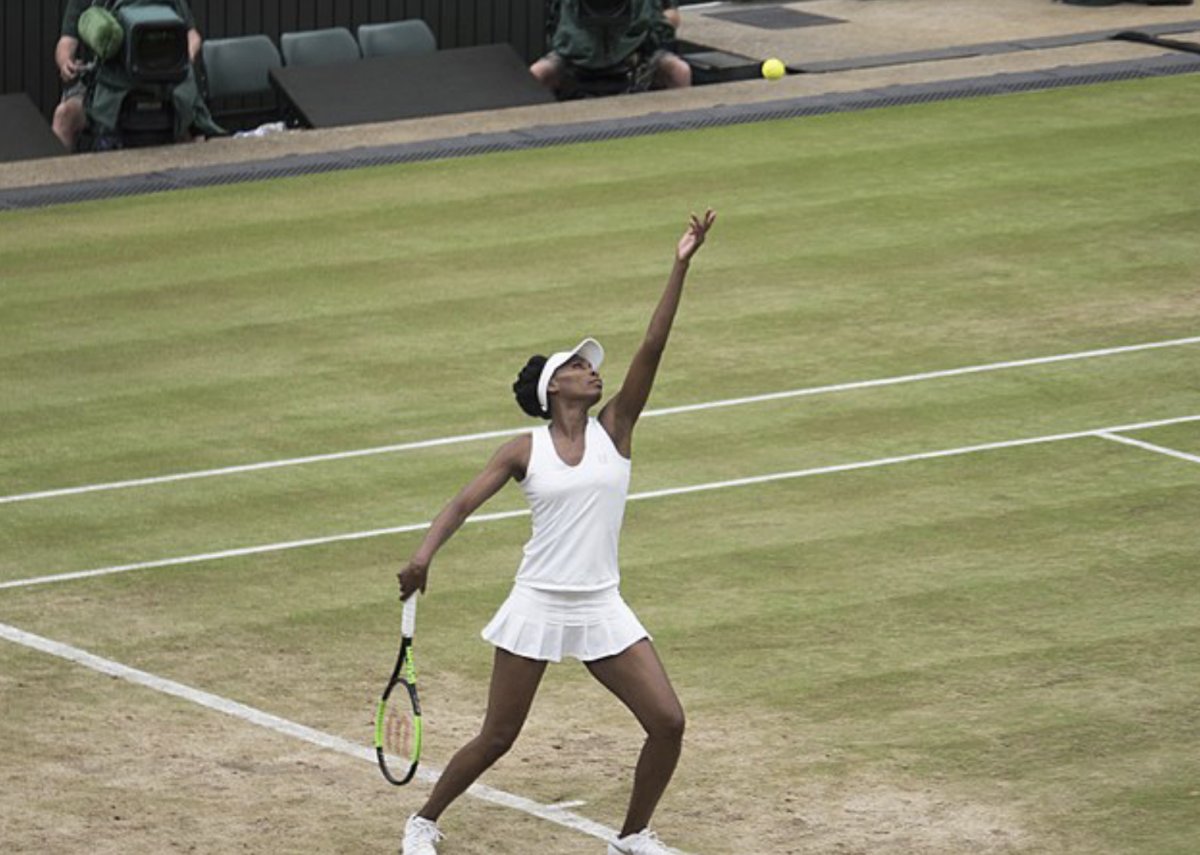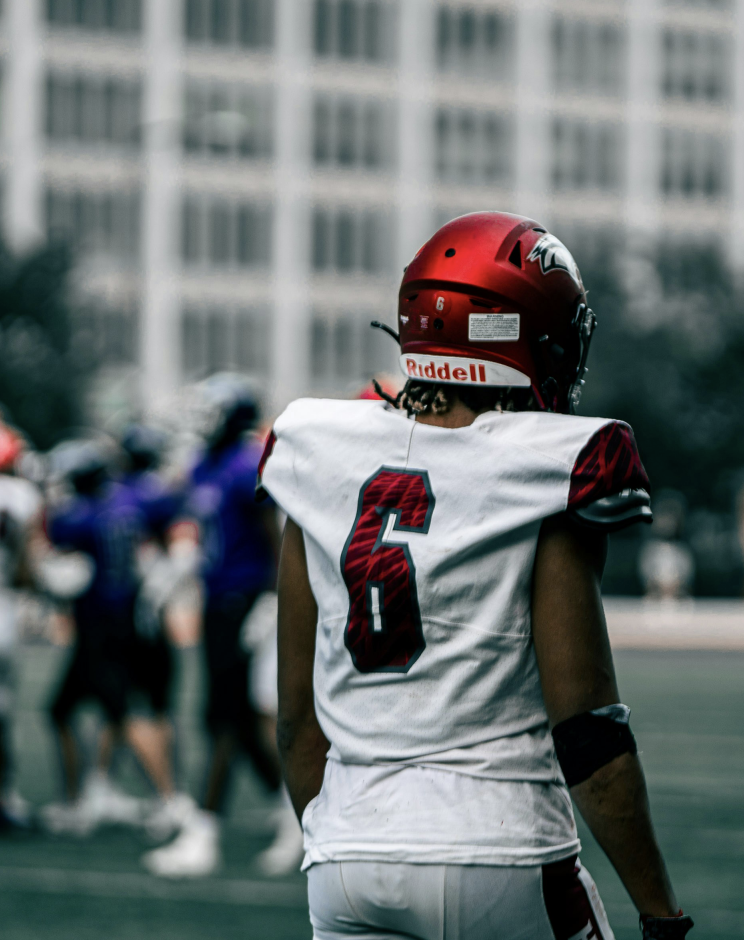This July, Cavan Sullivan and McKenna “Mak” Whitham, both 14 years old, signed with professional teams in the United States.
Sullivan signed with the Philadelphia Union of Major League Soccer (MLS), and Whitham signed with NJ/NY Gotham FC, of the National Women’s Soccer League (NWSL).
After signing his contract with the Union in May, Sullivan debuted on July 17 in the team’s match against the New England Revolution.
At 14 years old, Sullivan became the youngest player to debut in the MLS after he entered the game as a substitute in the 85th minute. The previous record was held by Fredua Koranteng “Freddy” Adu, a former professional soccer player for DC United. Adu was 14 years and 306 days old when he debuted in April 2004.
The Philadelphia Union won the game 5-1 to the New England Revolution, with one of the goals scored by Quinn, Sullivan’s older brother.
When Sullivan’s contract expires with the Union at 18, there is a clause for him to transfer to Manchester City, the current champions of the Premier League in England.
He wanted to start his career in his hometown before leaving to go to England, but playing for City had always been his dream.
“For [Philadelphia and Manchester City] to come together and agree on something [Sullivan’s transfer] — I sat with my family and my agents and we decided that it was the best plan,” Sullivan said to ESPN.
However, on July 26, Whitham signed a contract with NJ/NY Gotham FC until 2028. At 14 years old, Whitham appeared in her first game as a substitute two days after signing.
She became the youngest player to debut for a top-tier professional team in the United States, breaking the record first made by Sullivan.
Prior to Whitham’s signing, Melanie Barcenas signed with San Diego Wave FC in 2023 at the age of 15 years old. Barcenas debuted for the Wave at the age of 15..
Although there are not many age restrictions in the MLS, there are age restrictions on squad salaries.
In all, an MLS Club has five categories of players that make up their pool: the Senior Roster, Supplemental Roster, Homegrown Roster, Designated Players and Young Designated Players.
The categories are based on salary, and there are salary caps, or limits on the amount of money a team can pay each player.
The Senior Roster is the active roster for the team, with up to 20 players.
The Supplemental Roster contains the players who have to replace players on the Senior Roster, with a maximum of 10 players. Senior players could be replaced because of an international break or if a player is on the season-ending injury list.
The Homegrown Roster includes 10 extra players who are signed from the MLS youth academy teams. None of the aforementioned rosters have age restrictions.
However, the Designated Players category has an age restriction of 24 years old, with a maximum of three players on each team. This category signs players with a salary above the salary cap limit. The same is true with young designated players but with players under 23 who have a lower salary cap.
In contrast, the NWSL restricted players under 18 from entering the league until 2022, when Olivia Moultrie sued the league to let her play professionally. At the time, Moultrie was 15 and wanted to play for the Portland Thorns.
Arguing to play professionally, Moultrie responded to the NWSL restrictions by saying, ” If you’re good enough, you’re old enough.”
After the judge chose to side with Moultrie, the NWSL created the Under-18 Entry Mechanism in November. The mechanism allows each team to have a maximum of 4 under-18 players.
When the player turns 18, a spot is opened up for another under-18 player. The contract signed has to last until the player turns 18, at a minimum, and the player can only be waived or traded later.
In light of recent high-profile signings, including Sullivan and Whitham, there has been an ongoing discussion about whether or not players under 18 should play professionally.
On one hand, the argument is that the players under 18 are not prepared physically and mentally. This is because the soccer season is long and can be overwhelming for these players.
Plus, they have to play with and against adults, who are often physically stronger. Not everyone has the maturity to endure such a long season, both physically and mentally, which can lead to injury.
Lastly, this is unfair to adults who worked hard to play professionally, but their roster spot is filled with that of a minor.
On the other hand, as these under-18 players continue to play with adults, their game improves significantly because they are playing with experienced athletes. In addition, soccer clubs are cautious about introducing these young players to their club, having them come in as substitutes instead of starting games and limiting their minutes. These clubs also care about their development.
Based on these recent events, it will be interesting to see if players joining professional leagues this young will continue to succeed in the sport or if this is a temporary spike.



